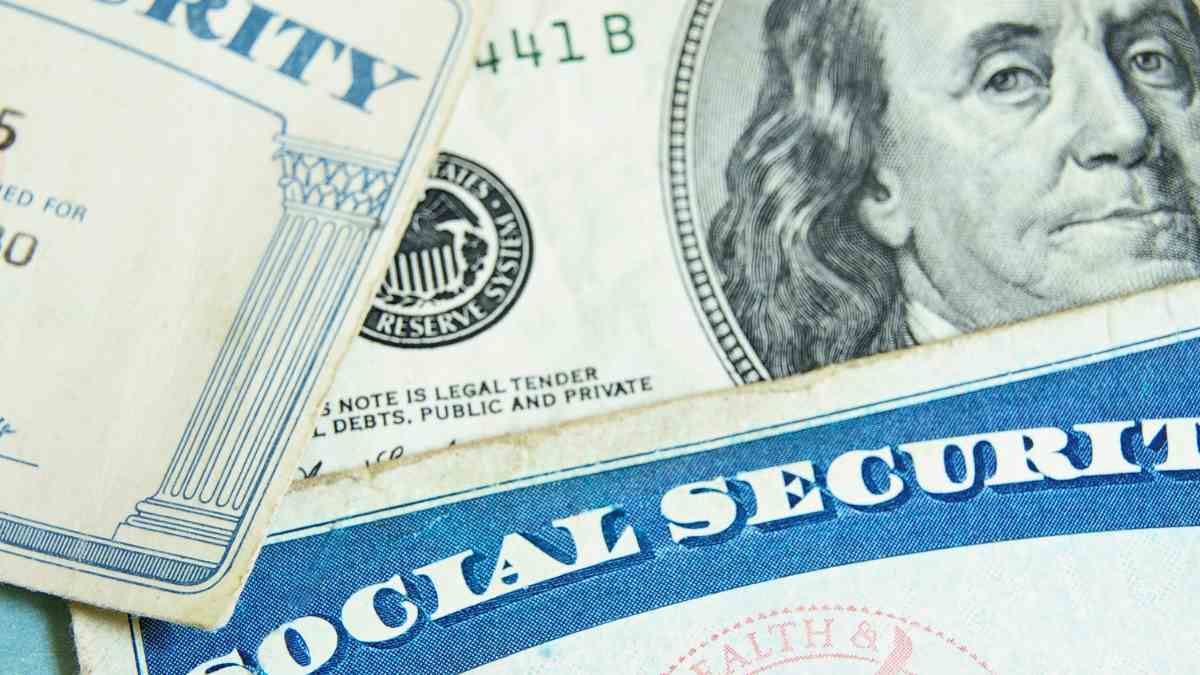Social Security benefits are essential for retirees, disabled individuals, and survivors of deceased workers. To qualify for benefits, the Social Security Administration (SSA) requires workers to earn a certain number of credits based on their work history.
In 2024, you earn one credit for every $1,730 in wages or self-employment income, up to four credits per year. Typically, you need 40 credits (equivalent to 10 years of work) to qualify for retirement benefits. But what happens if you do not reach the minimum credits? Here are some options to consider.
1. Continue Working to Earn More Credits
If you are close to earning the required 40 credits, the simplest solution is to continue working until you meet the threshold. Even part-time work counts, as long as you report the earnings to the IRS. This method ensures you qualify for Social Security retirement benefits in the future.
Additionally, self-employed individuals can also earn Social Security credits by reporting income and paying self-employment taxes. If you have had gaps in employment, it may take extra time, but reaching the 40-credit mark is worth the effort for long-term financial stability.
2. Apply for Spousal or Survivor Benefits
If you do not have enough credits but your spouse (or former spouse) qualifies, you may be eligible for spousal benefits. Spouses can receive up to 50% of their partner’s benefit amount. Additionally, if you are a widow or widower of a qualifying worker, you may be able to collect survivor benefits based on their work record.
Divorced spouses may also be eligible for benefits if the marriage lasted at least 10 years and they remain unmarried. This option helps individuals who have not worked enough to qualify on their own but were married to someone who did.
3. Check for Disability Benefits (SSDI)
For Social Security Disability Insurance (SSDI), the credit requirements depend on your age at the time of disability. Younger individuals may qualify with fewer credits. If you become disabled and do not meet the standard 40-credit requirement, you might still be eligible based on a reduced credit scale.
For example, workers who become disabled before age 24 may qualify with as few as six credits earned in the past three years. Those between 24 and 31 may need credits from half of the time worked since turning 21. It’s important to check your specific situation with the SSA.
4. Consider Supplemental Security Income (SSI)
SSI is a needs-based program that does not require work credits. It provides financial assistance to individuals who are disabled, blind, or over 65 with limited income and resources. If you do not have enough work credits for Social Security benefits, you may still qualify for SSI support.
Unlike Social Security benefits, which are funded by payroll taxes, SSI is funded by general tax revenues and is designed to assist those in severe financial need. While SSI payments may be lower than Social Security benefits, they provide crucial financial aid for those who qualify.
5. Explore Alternative Retirement Savings Options
If you will not qualify for Social Security, consider boosting your retirement savings through other means, such as:
- 401(k) Plans: If you work for an employer offering a 401(k), contribute as much as possible to build retirement savings.
- Individual Retirement Accounts (IRAs): Traditional and Roth IRAs offer tax advantages to help you save for retirement.
- Annuities: These financial products provide steady income during retirement.
- Health Savings Accounts (HSAs): If you have a high-deductible health plan, contributing to an HSA can help you save for future medical expenses while growing tax-free savings.
6. Verify Your Work History
Sometimes, Social Security records may have errors that impact your credit count. Check your earnings record through the my Social Security portal and request corrections if necessary. If you find missing wages, you can submit proof such as W-2 forms, pay stubs, or tax returns.
Errors in reporting can occur, especially for self-employed individuals or those who have worked multiple jobs. It’s important to verify your work history periodically to ensure you receive full credit for your earnings.
7. Seek Assistance from Social Security Experts
If you are unsure about your eligibility or options, consult a financial planner or contact the SSA directly. They can provide guidance on how to earn additional credits or alternative benefits.
Additionally, nonprofit organizations and legal aid services often provide assistance for individuals struggling with Social Security issues. They can help navigate the application process and explore potential solutions for financial stability.
8. Consider Other Government Assistance Programs
If you do not qualify for Social Security benefits, you may still be eligible for other government aid programs such as:
- Medicaid: Provides health coverage for low-income individuals.
- Supplemental Nutrition Assistance Program (SNAP): Offers food assistance.
- Housing Assistance Programs: Helps with affordable housing options.
These programs can provide additional financial relief, especially for older adults and those with limited income sources.
Conclusion
Not having enough Social Security credits can be concerning, but various options exist to secure financial support. Whether through continued work, spousal benefits, disability programs, or alternative savings, it is important to explore all possibilities. Understanding your options will help you make informed decisions about your future financial security.
Additionally, verifying your earnings record and seeking professional assistance can ensure that you maximize any available benefits. While Social Security is a critical component of retirement planning, diversifying your financial resources can provide greater security in the long run.
Disclaimer – Our team has carefully fact-checked this article to make sure it’s accurate and free from any misinformation. We’re dedicated to keeping our content honest and reliable for our readers.
